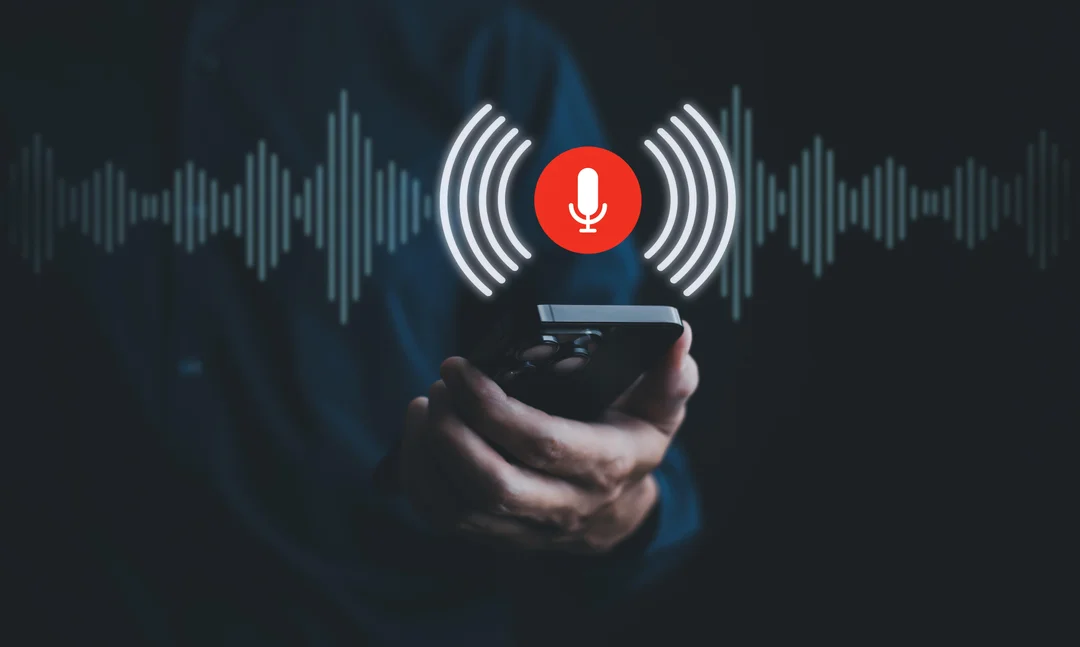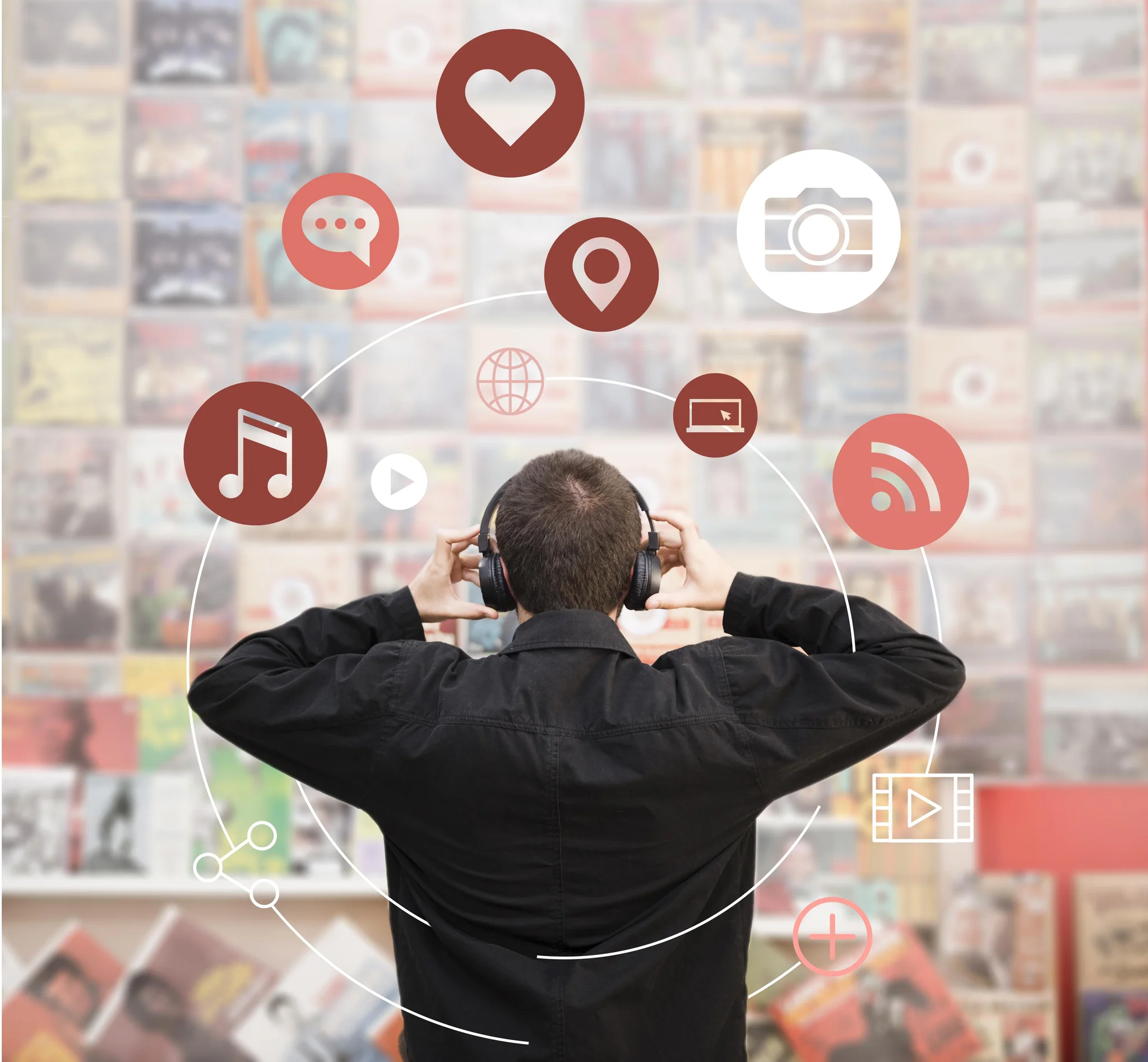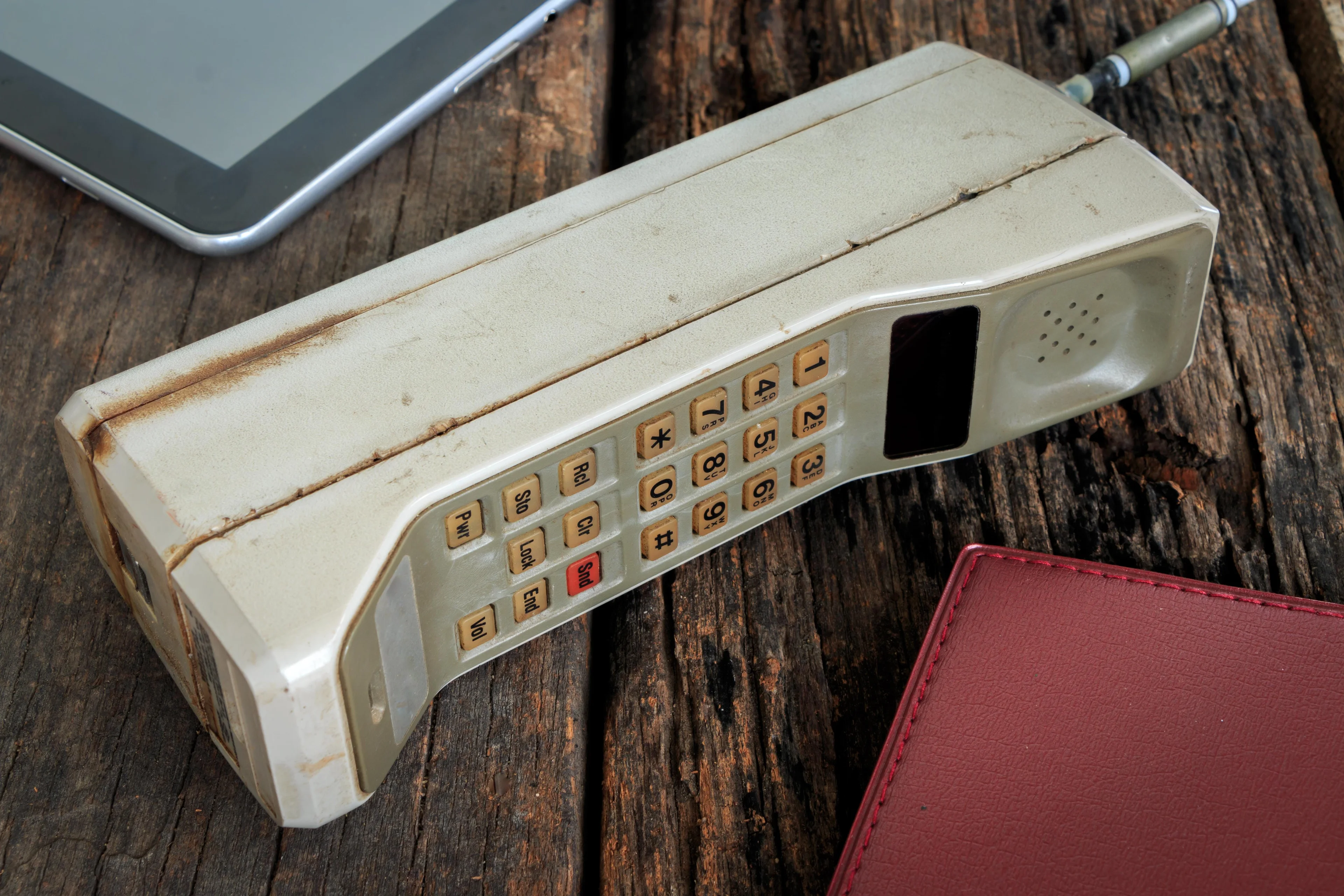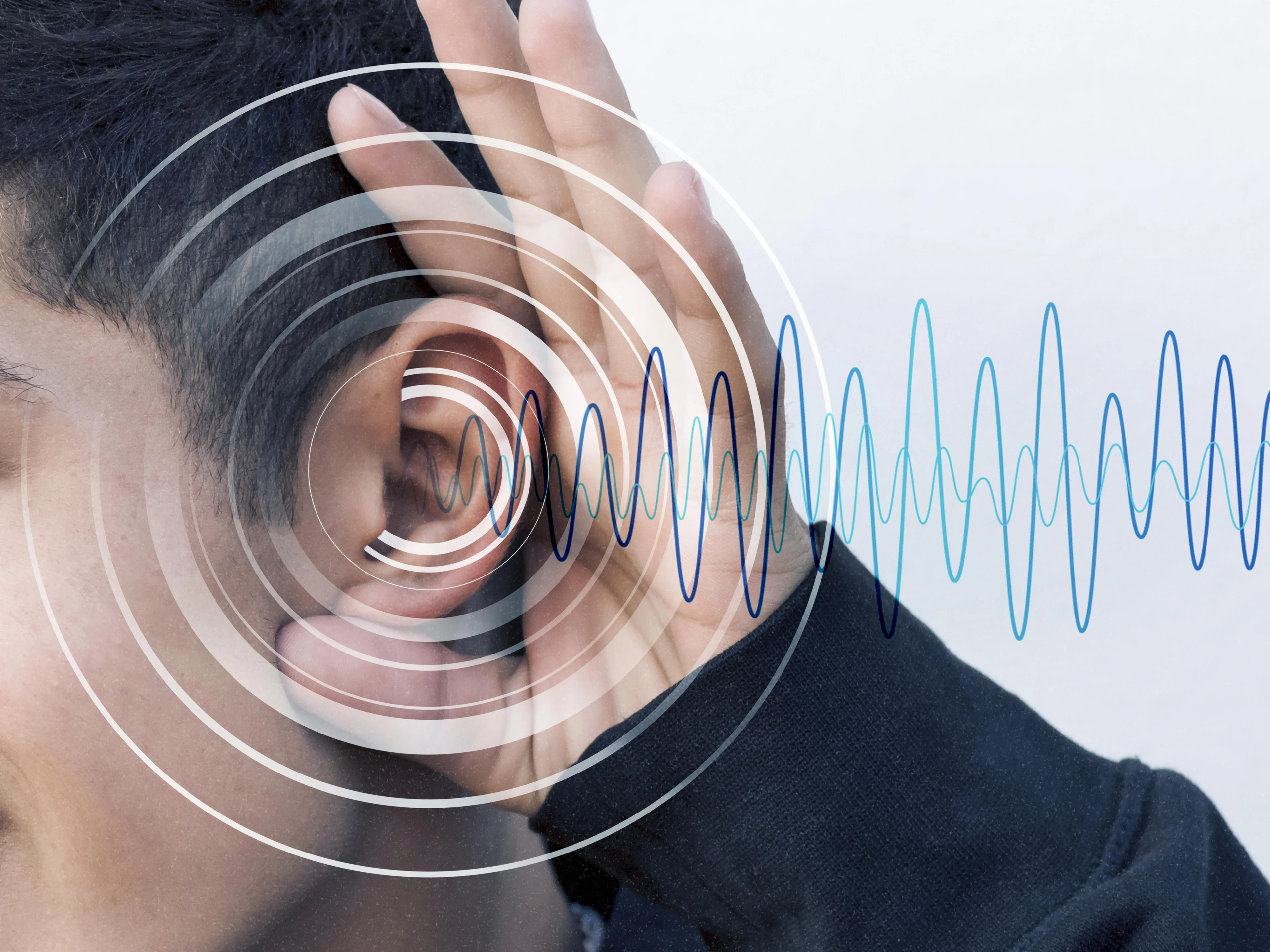How did early forms of communication shape human societies?
Early methods like smoke signals, drum beats, and pictograms enabled rudimentary coordination, storytelling, and cultural transmission. They fostered tribal unity and facilitated basic information sharing, laying the groundwork for more complex social structures.
What role did the invention of writing play in human development?
The advent of writing revolutionized knowledge preservation and dissemination. It allowed for the accurate recording of history, laws, and scientific discoveries, leading to advanced civilizations, structured education, and the systematic accumulation of human wisdom.
How did the digital revolution transform global interaction?
The digital revolution, marked by the Internet and mobile technology, collapsed geographical barriers, enabling instantaneous global communication. It facilitated unprecedented social networking, instant messaging, and access to vast amounts of information, profoundly impacting commerce, culture, and personal connections.
What is the impact of artificial intelligence on modern communication?
Artificial intelligence is enhancing communication through language translation, predictive text, and sophisticated content generation. It is streamlining information exchange, enabling more personalized interactions, and even changing how we perceive and process shared data, posing both opportunities and ethical considerations.
How can we understand the evolution of communication visually?
Visual aids such as timelines, historical illustrations, and interactive diagrams are crucial. They help contextualize each stage of development, from ancient symbols to digital interfaces, making the complex journey of human communication accessible and engaging for all audiences.
What future trends are anticipated in human communication?
Future trends include hyper-personalized AI-driven communication, advanced virtual and augmented reality platforms for immersive interaction, and potentially direct brain-computer interfaces. These innovations promise to blur the lines between physical and digital presence, further accelerating information exchange.












